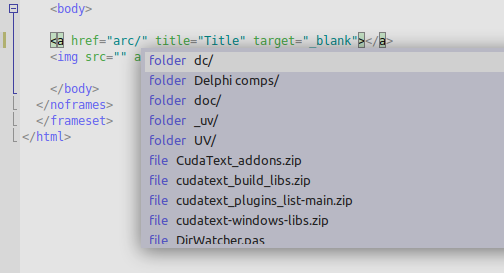

Things get interesting when the runners are tied to a different GitLab instance. Iterates over all sections, schedules a request for each, and sleeps for the calculated amount To do this, it divides the value of check_interval by the number of ] sections. GitLab Runner tries to ensure that subsequent requests for each runner are done in the specified interval. GitLab RunnerĬontains a loop that constantly schedules a request to the GitLab instance it’s configured for. The interval between requests to GitLab are more frequent than you might expect. If more than one ] section exists in config.toml, Listen_address Defines an address ( :) the Prometheus metrics HTTP server should listen on. Sentry_dsn Enables tracking of all system level errors to Sentry. If set to 0 or lower, the default value is used.

The default value is runner.Ĭheck_interval Defines the interval length, in seconds, between new jobs check. This setting has lower priority than the format set by command-line argument -log-format. This setting has lower priority than the level set by the command-line arguments -debug, -l, or -log-level. Options are debug, info, warn, error, fatal, and panic. If you use this value, the runner process exits with a critical error. For example, a value of 10 means no more than 10 jobs can run concurrently. Each ] section can define its own limit, but this value sets a maximum for all of those values combined. They apply to all runners.Ĭoncurrent Limits how many jobs can run concurrently, across all registered runners.

GitLab Runner checks for configuration modifications every 3 seconds and reloads if necessary. If a runner was already registered, you don’t need to register it again.

In the ] section and most parameters in the global section, except for listen_address. GitLab Runner does not require a restart when you change most options. To do this, you modify a file called config.toml, which uses the TOML format. You can change the behavior of GitLab Runner and of individual registered runners.


 0 kommentar(er)
0 kommentar(er)
